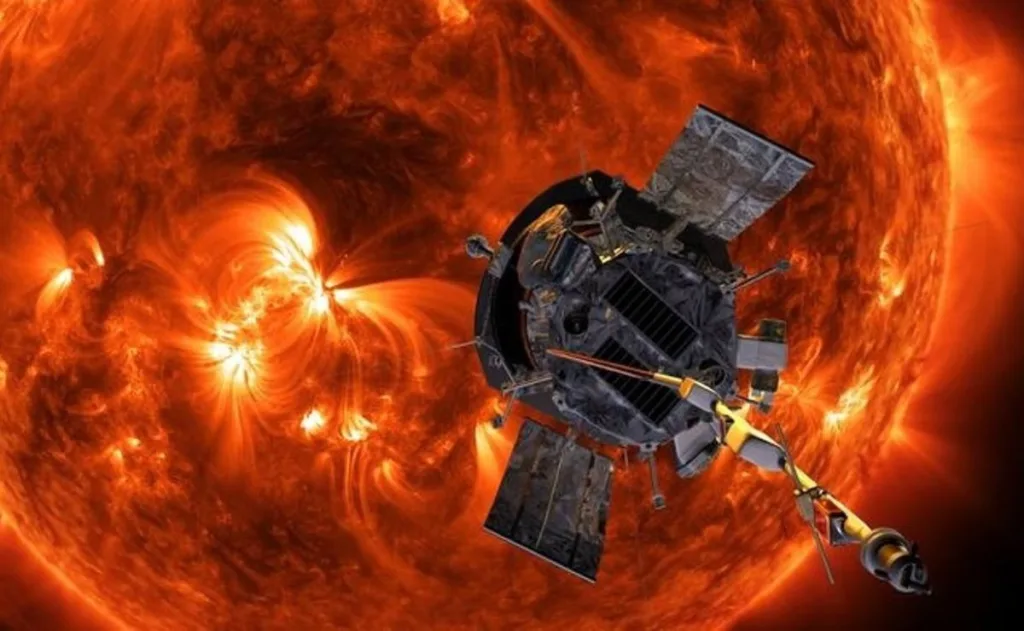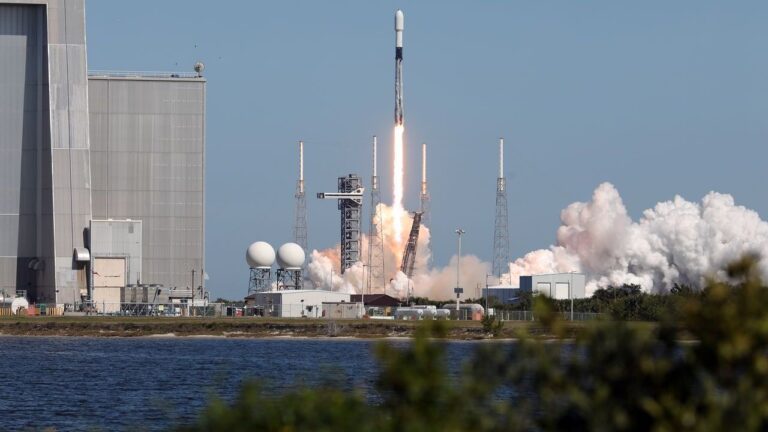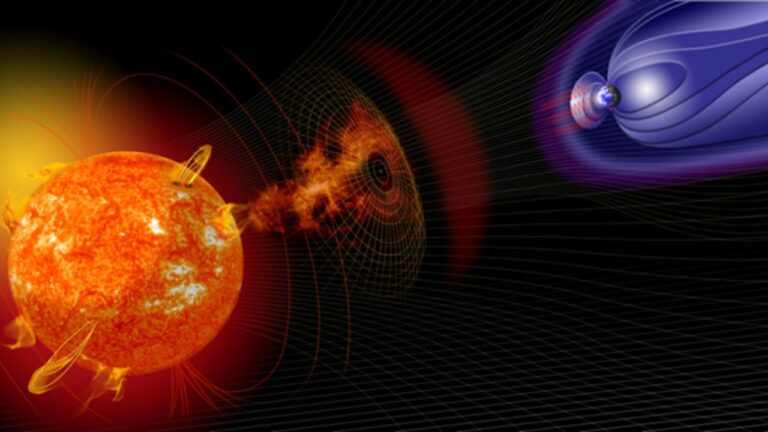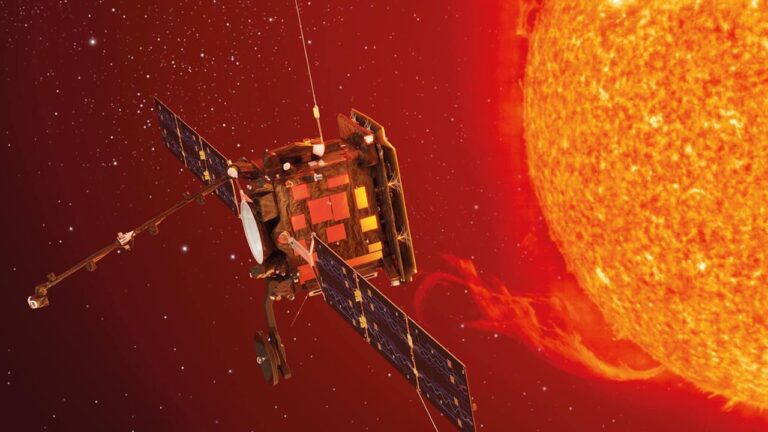
Internet Apocalypse: NASA Warns of Upcoming Solar Storm (Image Courtesy: NASA)
Internet Apocalypse: NASA, the US space agency has warned of a solar storm that will disrupt the internet, electricity on Earth. Scientists are predicting that the Sun will reach to its Solar Maximum in the next 2 years, marking the peak of solar activity in the current solar cycle. This much anticipated event has generated significant interest among scientists who are studying the potential impact it may have on Earth. The heightened activity during the solar maximum can lead to disruptions in large-scale communication infrastructure, raising concerns about a possible “internet apocalypse.”
During the solar maximum, the Sun experiences intensified solar activity, and its magnetic field reaches its strongest and most disordered point. Solar cycles typically span 11 years, and the solar maximum occurs approximately in the middle of each cycle. This period is characterized by increased solar storms, eruptions, and flares, which can have devastating consequences for our planet. These disturbances have the potential to disrupt radio communications, the power grid, and even pose health risks to astronauts.
However, it is important to note that the impact on individuals on Earth is expected to be minimal. While the solar maximum can have significant ramifications for large-scale infrastructure, the average person is unlikely to directly experience any effects.
The possibility of a global internet outage caused by a solar storm in 2025 remains uncertain. Historical incidents, such as the Carrington Event of 1859, demonstrated the potential destructive power of solar storms. During this event, telegraph lines sparked and operators were electrocuted. Additionally, in 1989, a massive solar storm disrupted the Quebec power grid for several hours.

Experts have acknowledged the validity of concerns surrounding the solar maximum’s impact on Earth’s interconnected infrastructure. Computer science professor Sangeetha Abdu Jyothi from the University of California at Irvine emphasized the lack of knowledge regarding extreme solar events and their effects on our infrastructure. She stated, “We’ve never experienced one of the extreme case events, and we don’t know how our infrastructure would respond to it. Our failure testing doesn’t even include such scenarios.”
Jyothi gained attention for popularizing the term “internet apocalypse” in her research paper titled “Solar Superstorms: Planning for an Internet Apocalypse.” Her paper highlights the potential damage severe solar storms can cause to undersea communication cables, leading to disruptions in long-distance connectivity. The resulting outages could last for months and potentially have a devastating economic impact. Reports suggest that in the United States alone, a single day of internet outage could cost over USD11 billion.
Although the possibility of a solar storm-induced internet apocalypse remains uncertain, scientists and experts continue to study and prepare for potential impacts on Earth’s infrastructure. As we approach the Solar Maximum, further research and preparedness efforts will help us better understand and mitigate the potential consequences of these extraordinary solar events.






